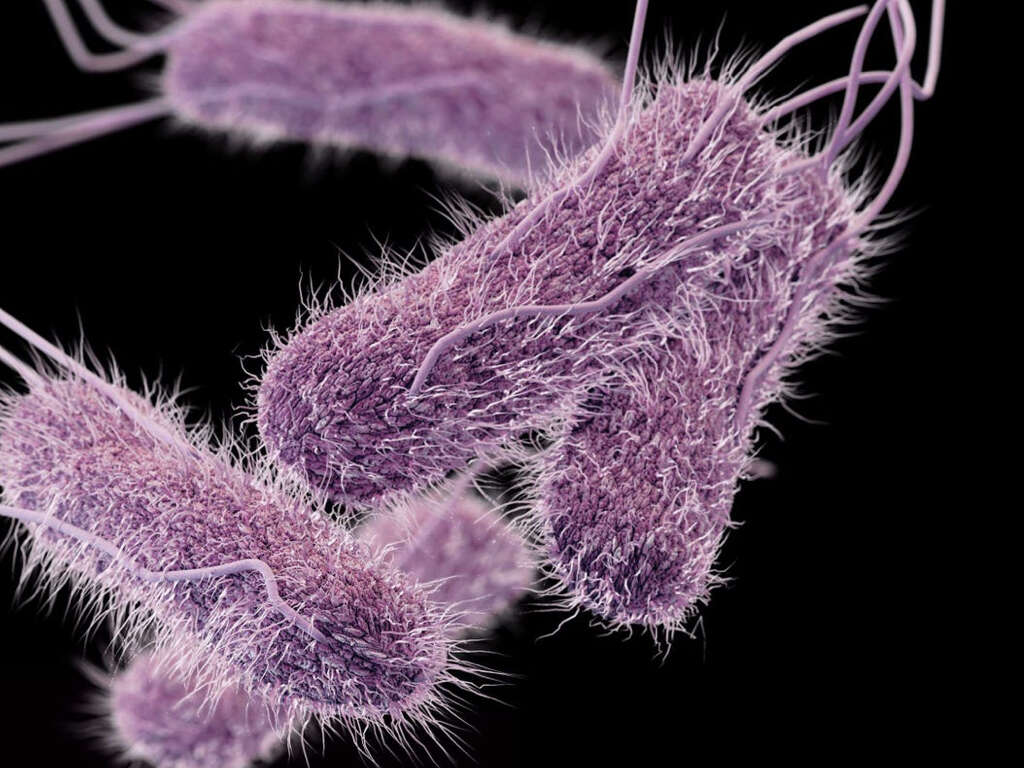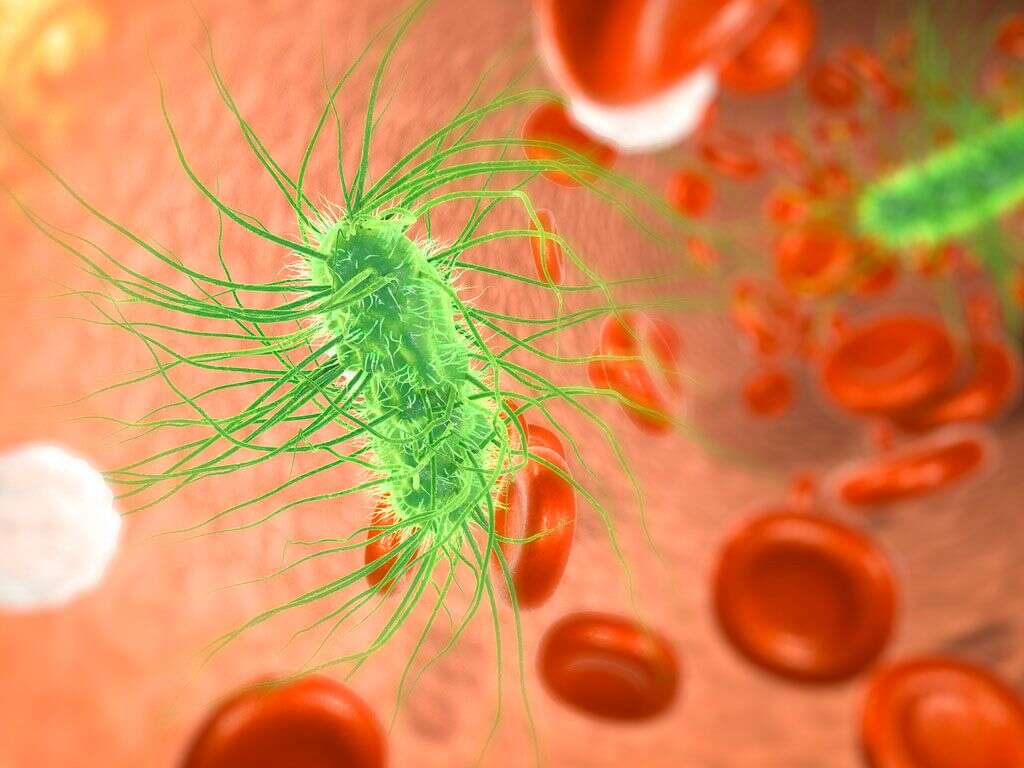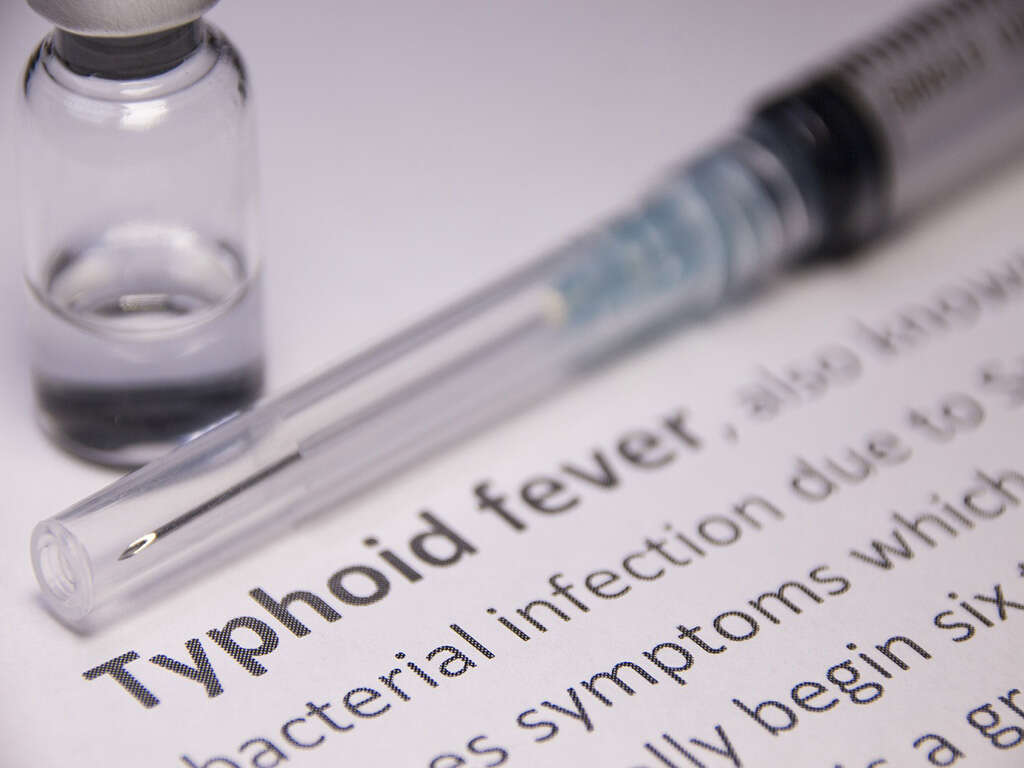What Is Typhoid Fever?
Typhoid fever is a serious illness that can be life-threatening without proper treatment. While uncommon in industrialized nations, its prevalence in some developing countries is high. The disease is more common in children, but it is generally less serious.
For individuals traveling to countries with a high prevalence of typhoid fever, precautions need to be taken. In Pakistan, an outbreak of extensively drug-resistant typhoid fever is ongoing. Treatment of this type of illness is particularly challenging.

1. Typhoid Fever Causes
Typhoid fever is a bacterial infection caused by Salmonella Typhi. When the bacteria enter the body, they reproduce and multiply. If they enter the bloodstream, the infected person gets typhoid fever. A similar illness, paratyphoid fever, is caused by the bacteria Salmonella Paratyphi, which is also life-threatening.
Both of these strains of salmonella are rare within the United States and other developed countries. It is important to note that they are not the same as the type of salmonella contracted in the U.S. that causes salmonellosis.

2. Typhoid Fever Symptoms
The symptoms of the disease often begin gradually between one and three weeks after exposure. In the beginning, the individual may get a low-grade fever, headache, muscle aches, dry cough, rash, diarrhea or constipation, and a swollen and painful abdomen. A loss of appetite is also common.
The fever typically worsens over time, reaching as high as 104 degrees Fahrenheit. If left untreated, symptoms become increasingly severe. A sustained high fever can result in delirium or a state known as the typhoid state, in which the person lies exhausted, motionless and with eyes half-closed.

3. Typhoid Fever Complications
An individual with an advanced stage of typhoid fever can develop complications. Within three weeks of developing symptoms, perforations can develop in the intestines, causing the contents in the small intestines or bowels leak and leading to sepsis. This condition is extremely serious and requires immediate medical assistance.
There are other possible complications that are experienced less frequently but are often no less serious. These include pneumonia, heart inflammations, meningitis and pancreatitis. Paranoid psychosis, delirium and hallucinations are also possible.
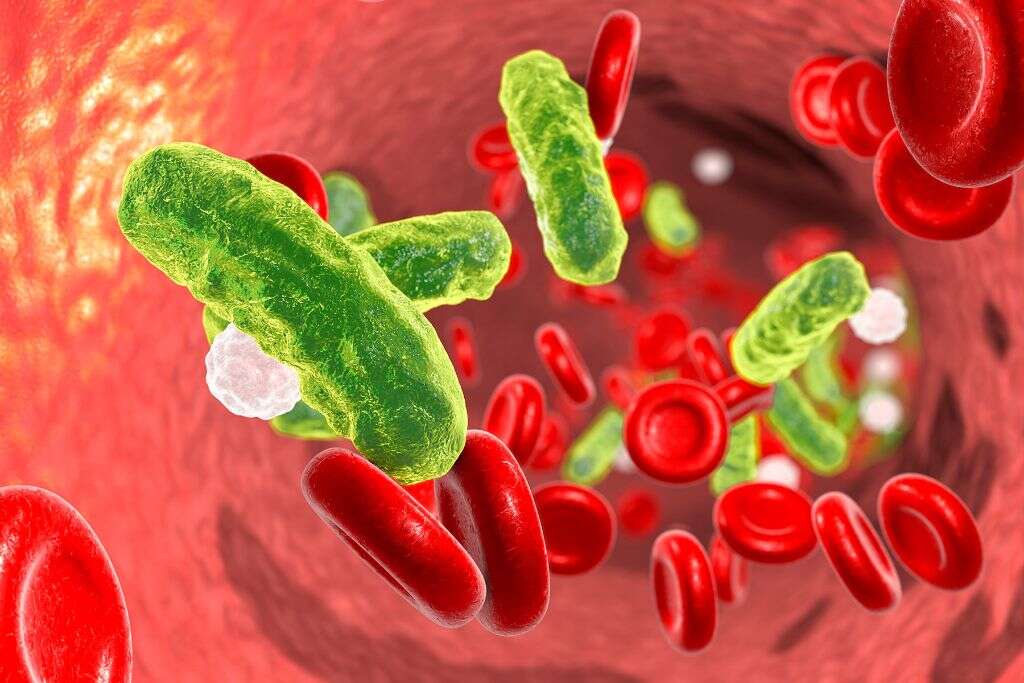
4. Typhoid Fever Diagnosis
The diagnosis for the illness requires a fecal or blood sample. The sample is tested for the presence of the bacteria. Early diagnosis reduces the likelihood of severe symptoms or complications that develop as the illness progresses.
If you are traveling overseas to a region that has a high prevalence of typhoid fever, it is a good idea to determine ahead of time where you can get help if you start experiencing symptoms. The U.S. Consulate typically has a list of reputable doctors. If you start to show signs of the disease or suspect you might have come in contact with Salmonella Typhi, seek help immediately.
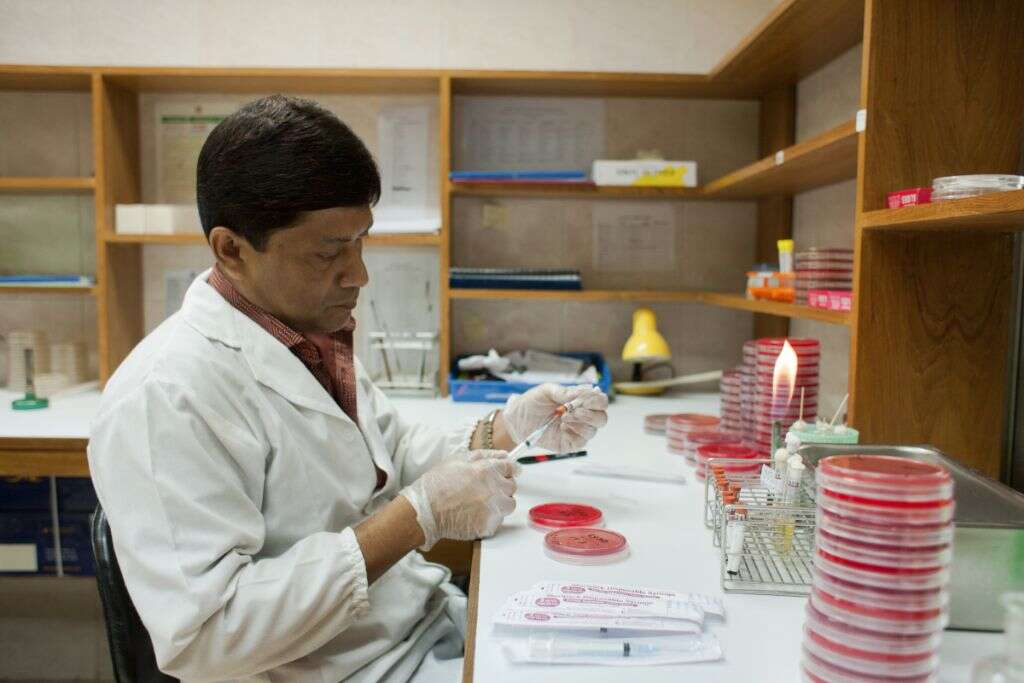
5. Typhoid Fever Treatment
Unfortunately, the strands of salmonella responsible for typhoid fever are growing increasingly resistant to antibiotics. If you contract typhoid fever, the doctor may want to determine whether it is a resistant strand. This decides the course of treatment.
Typhoid fever is typically treated with antibiotics. Some bacteria develop resistance to one or more types of medication. In the U.S., Cipro, Zithromax and ceftriaxone are commonly used. However, bacteria resistance to Cipro has become an issue.

6. Typhoid Fever Prognosis
The prognosis for typhoid fever is good when treatment is sought. In developed countries, infected person’s generally recover after receiving the appropriate medication. For those who do not seek medical attention, the outlook is less positive. The person can experience symptoms for weeks or months, and the potential for complications leading to death is high.
After treatment, there are still potential concerns. When bacteria remain in the system, relapses are possible even though symptoms initially disappear. This is especially a concern if the full round of antibiotics is not finished. There are also those who are chronic carriers, and the bacteria remain present even though the person does not develop further symptoms.

7. Typhoid Fever Contagion
Typhoid fever spreads through two modes of contagion: person to person and contaminated consumables. Transmission directly from person-to-person occurs less frequently than through food and drink. However, it is possible to get typhoid fever from direct contact with a person who has the illness or is a chronic carrier if they have not practiced proper hygiene after using the restroom.
More commonly, the disease is contracted when a person consumes food or water that has been contaminated. This can happen when food handlers do not wash their hands after going to the restroom. It can also occur when sewage gets into the water used to wash fresh foods or into the water you drink.

8. Typhoid Fever Prevalence
In the U.S., roughly 350 people per year are diagnosed with typhoid fever. This number is potentially much higher, as it only reflects the cases that are reported to the CDC. Individuals who do not seek treatment or who are treated out of the country are not likely to be reported. The disease is rarely contracted within the United States. Most citizens get it when traveling to an area where it is prevalent.
Countries that are lacking in adequate sanitation systems and procedures are more likely to see high levels of Salmonella Typhi in their sewage and, subsequently, in their citizens. In particular, India, Pakistan, Bangladesh and South Asia are regions of high concern. Travelers in these areas should take precautions. The illness is less prevalent in East Asia, Central and South America, the Caribbean and Africa.

9. Typhoid Fever Vaccines
For those traveling to areas of high risk, getting a vaccination is highly recommended. There are two options in the U.S. The first of these is an oral vaccine given to those aged six and older. The vaccine is given in four pills, taken every other day. To be effective, doses should be completed one week prior to travel.
The second vaccine is given as an injection, suitable for anyone at least two years of age. The injection should occur two weeks prior to travel. Importantly, these vaccines are not 100% effective. Furthermore, they wear off over time, and a booster is required after two years for the injection and five years for the oral.

10. Typhoid Fever Preventative Measures
Even with a vaccine, precautions are necessary. Frequent handwashing is critical, as is taking measures to ensure safe eating and drinking. Do not drink water from the tap; buy bottled water only. When you order drinks other than water, make sure you ask for no ice, unless you are certain the ice has been made with bottled or boiled water.
Do not eat fresh foods that you cannot peel. Even when washed with bottled water, lettuce can still carry the bacteria. Only consume food that has been thoroughly cleaned and cooked well. If it isn’t still steaming hot, don’t eat it.








